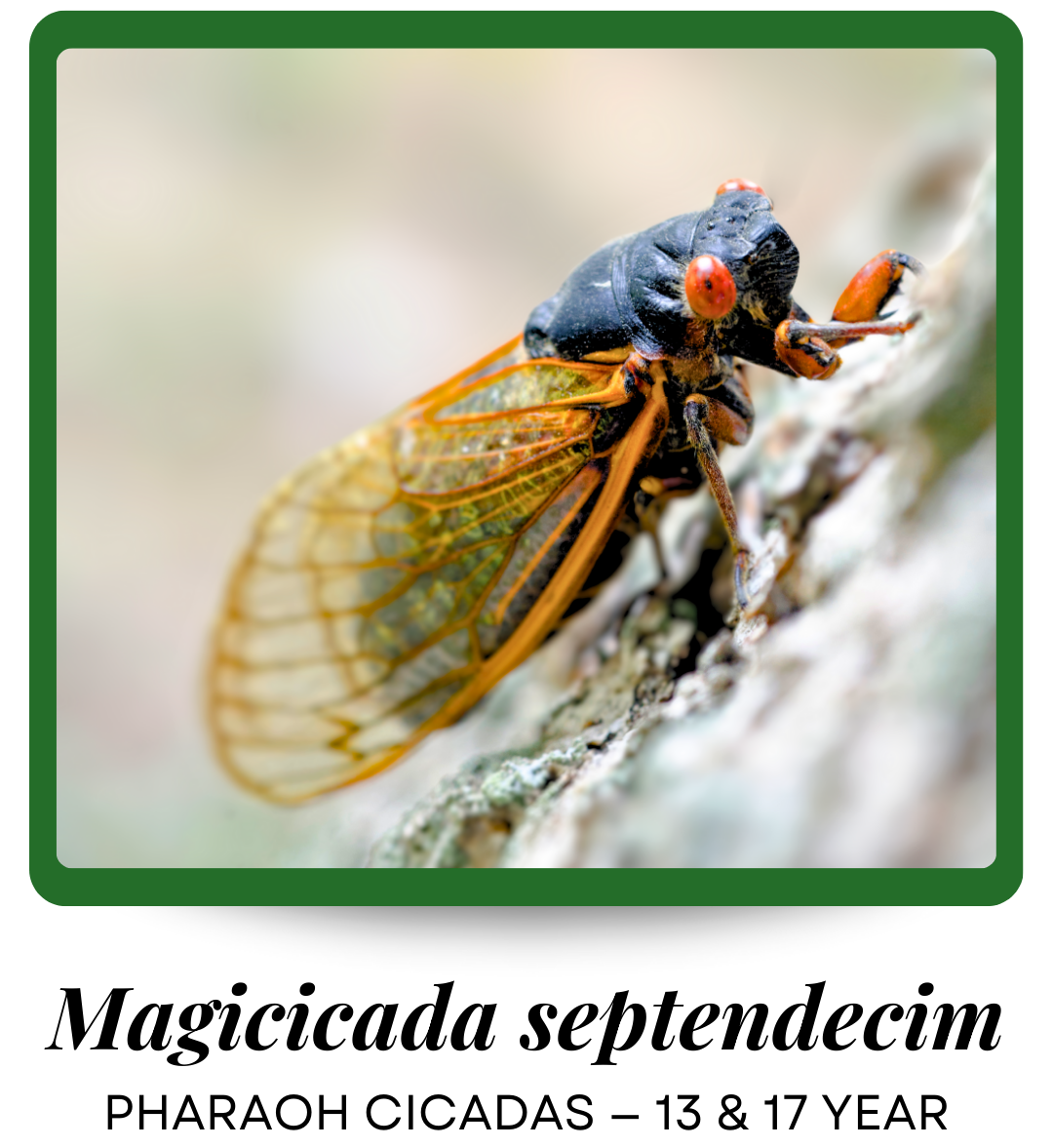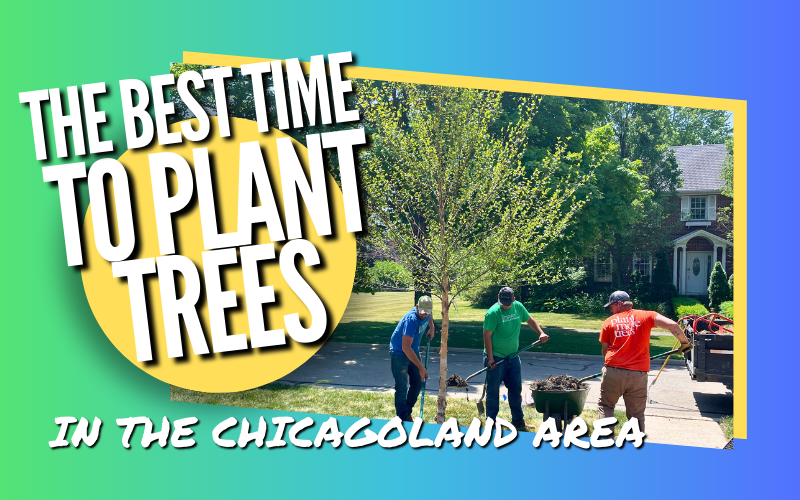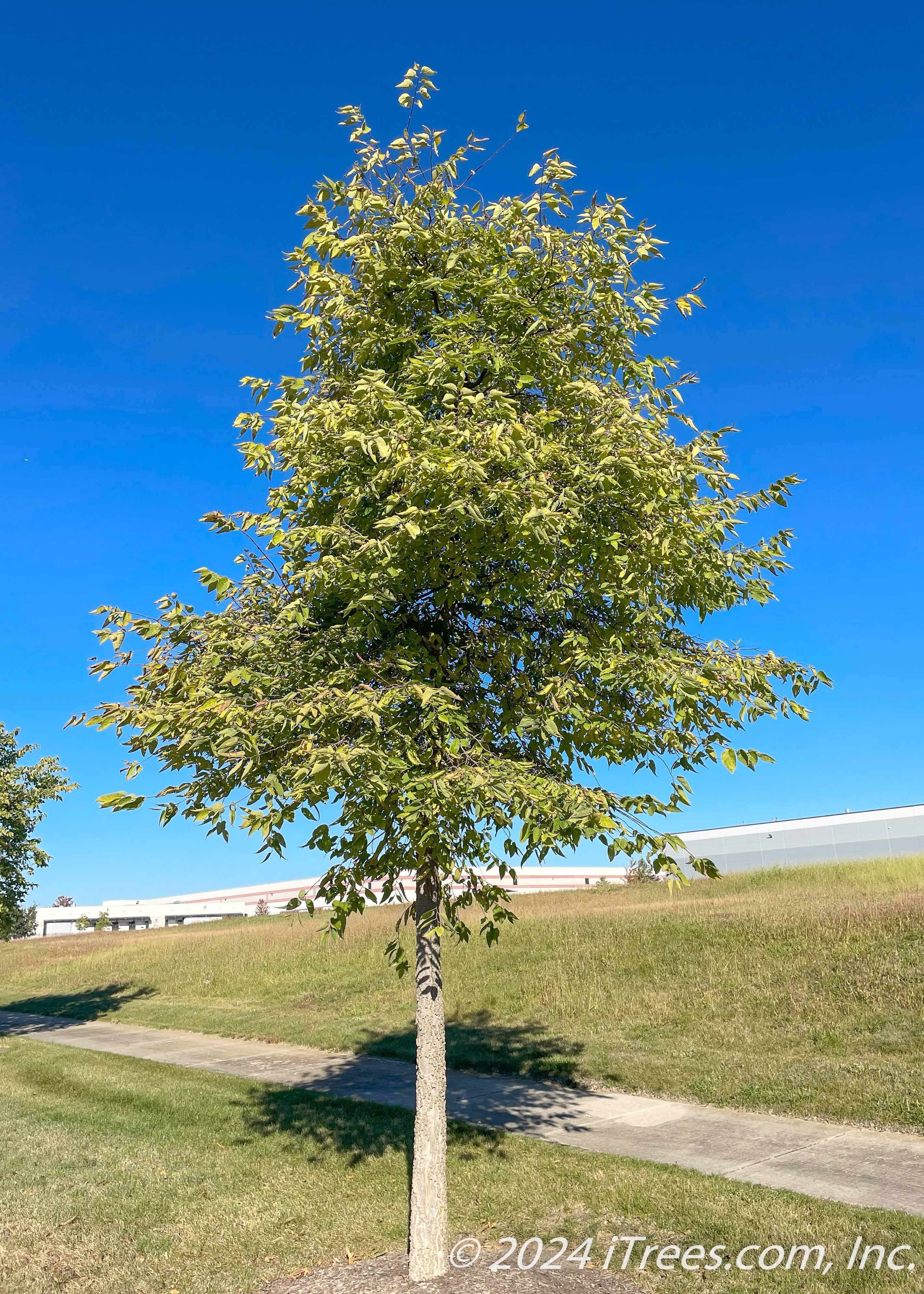
The Morton Arboretum has released information regarding the 2024 spring emergence of multiple cicada broods.
View the complete article → 'Cicadas Due to Emerge All Over Illinois in Spring 2024.'
Above is a map of this year's double brood emergence schedule, from the US Forest Service.
13-year, Brood XIX, The Great Southern Brood— View Emergence Map here.
17-year, Brood XIII, The Northern Illinois Brood— View Emergence Map here.
Here are our key takeaways →
- In addition to the annual “dog day” cicadas, two main broods are expected to emerge throughout Illinois this spring, the 13-year and 17-year “pharaoh” cicadas.
- The periodical pharaoh cicadas will hang around for about 4-6 weeks, from about May through June. The annual dog day cicadas take over around July and stick around through September.
- During their 4-6 week visits, they’ll eat a little bit, mate, and lay eggs.
- The 17-year Northern Illinois Brood and the 13-year Great Southern Brood will simultaneously emerge. View the maps above to see if you’re in an area where you will be able to experience both broods at the same time.
- Cicadas are not harmful, but they are noisy. Yep, you probably already knew this, they are loud… but completely harmless. They do not bite or harm humans.
Here’s what the cicadas look like →
The periodical pharaoh cicadas have transparent wings with red-orange veins, and red eyes. They are sometimes called pharaoh cicadas.
The annual dog day cicadas have green coloring, with green veined transparent wings.
Periodical pharaoh cicadas lay their eggs in branches of tree saplings, whips and small young plants. The nymphs will fall to the ground, stay in the ground, and burrow into the soil, attaching themselves to roots where they'll feed on plant water and nutrients until they can emerge. This event happens every 13 to 17 years. They arrive around May and they will head out after about 4-6 weeks.
Annual dog day cicadas will lay eggs in the same fashion. Their nymphs will spend between 2-5 years in the ground. Due to an overlapping of their egg-laying schedule, the dog day cicadas emerge annually. They appear between July and September, hence their name, referencing the “dog days of summer.”
The good news →
— Sandy Liebhold, research entomologist with the Forest Service’s Northern Research Station in Morgantown, West Virginia
- They are not destructive and do not cause permanent damage. They will not harm the overall health of your newly planted tree.
- Cicadas benefit the local ecology and our environment. They are NOT the same as locusts. Locusts are known to form large swarms and devour plants and crops.
- Cicadas are a nutritional food source for local wildlife, helping with “pest” management.
- The simultaneous emergence of the 13-year and 17-year periodical pharaoh cicadas is an incredible spectacle that only occurs once every 221 years. Enjoy it for what it is!
This can be a cool experience. Make it an event! Sit outside at night and enjoy the symphony of millions of cicadas with your family and friends.
The bad news →
- Cicadas can affect the appearance of small saplings under about 1.5" Caliper and plants under about 4-5 Ft Tall, causing minor temporary damage to young branches.
- These wounds will self-heal over time. They may become weakened and break off during strong winds or a storm.
- Cicadas are noisy (yes, this is worth mentioning more than once).
What do you need to do →
- You do not need to treat your tree with insecticides, as they aren’t proven to do anything to help.
- You can use a mesh tulle-like material to protect small saplings under a 1.5" Caliper and plants under 4-5 Ft Tall.
- Do replenish your existing tree's mulch this spring.
- Do water your tree weekly. We recommend using a tree-watering donut. You can purchase one here and view our recommended tree care information here.
- Spring is a great time to fertilize the roots of trees that have been in the ground for a year or more. You can pick up Jobes fertilizer spikes or Bayer Advance at most local hardware stores.
Resources:
Cicadas | The Morton Arboretum
Cicadas are coming! | The Chicago Botanic Garden
Cicadas Stir Up a Ruckus | US Forest Service
The Buzz: What’s the Difference? Cicada vs. Locust | Forest Preserve District of Will County
Timed to Perfection: Cicada’s Biological Clock Determines Emergence | U of I
Periodical Cicada Information Pages | University of Connecticut











.png)




